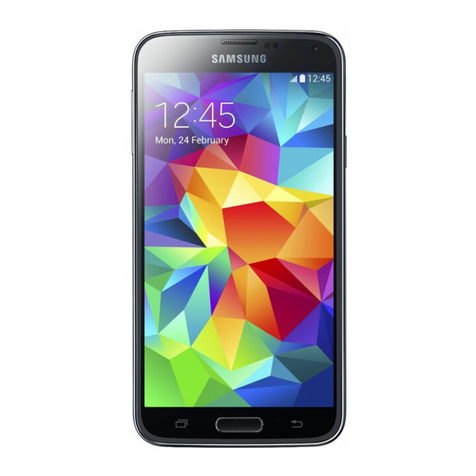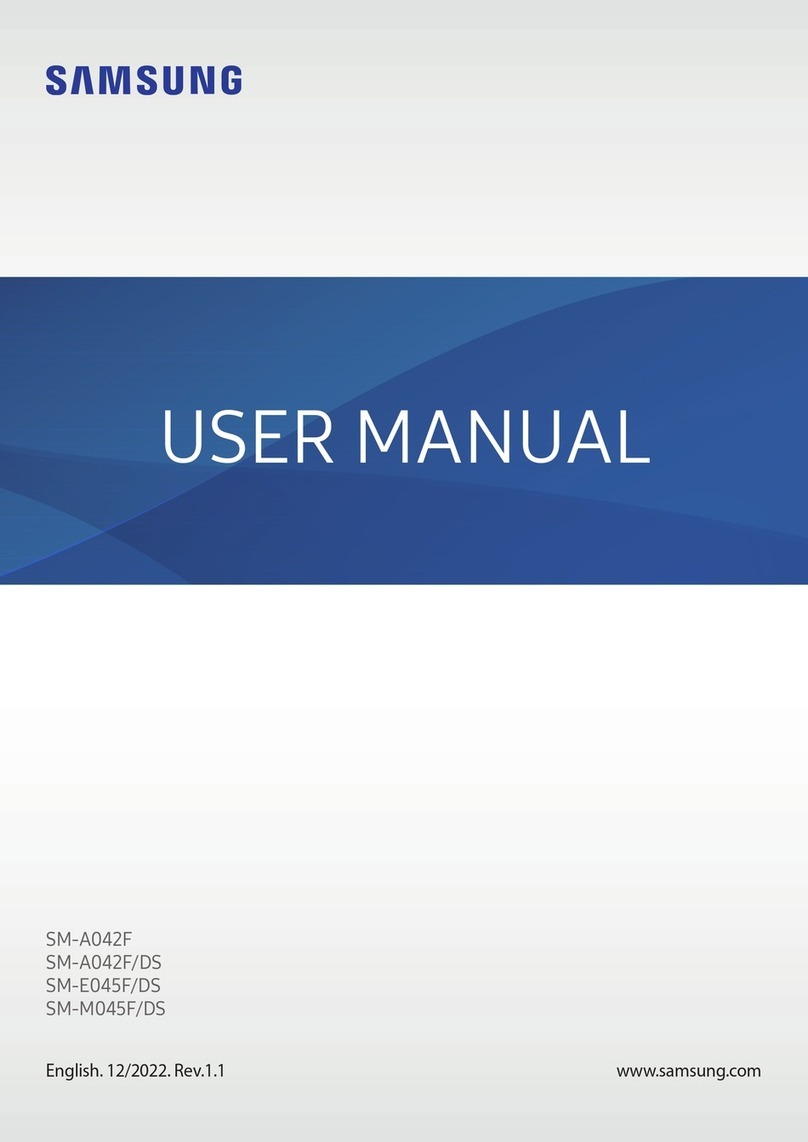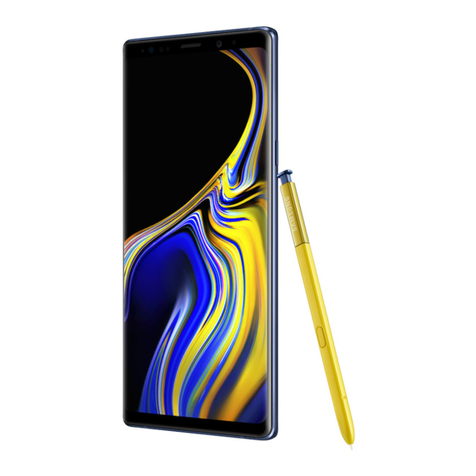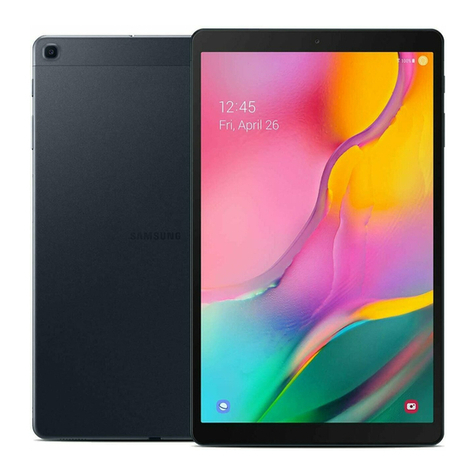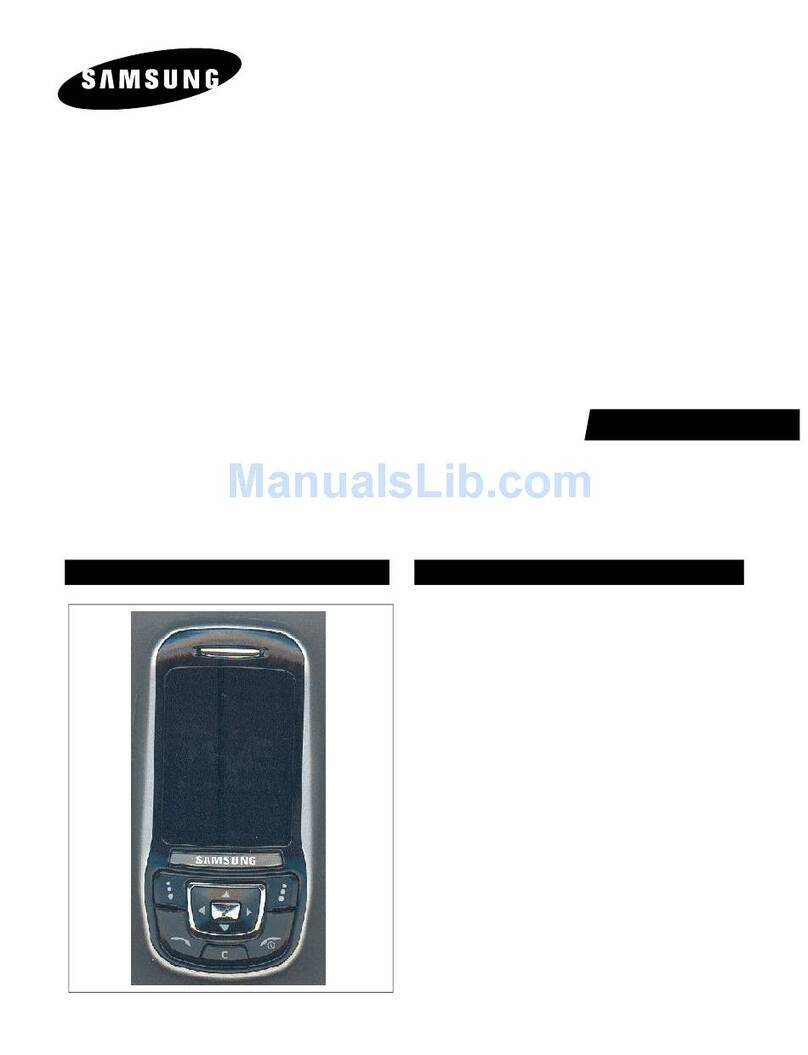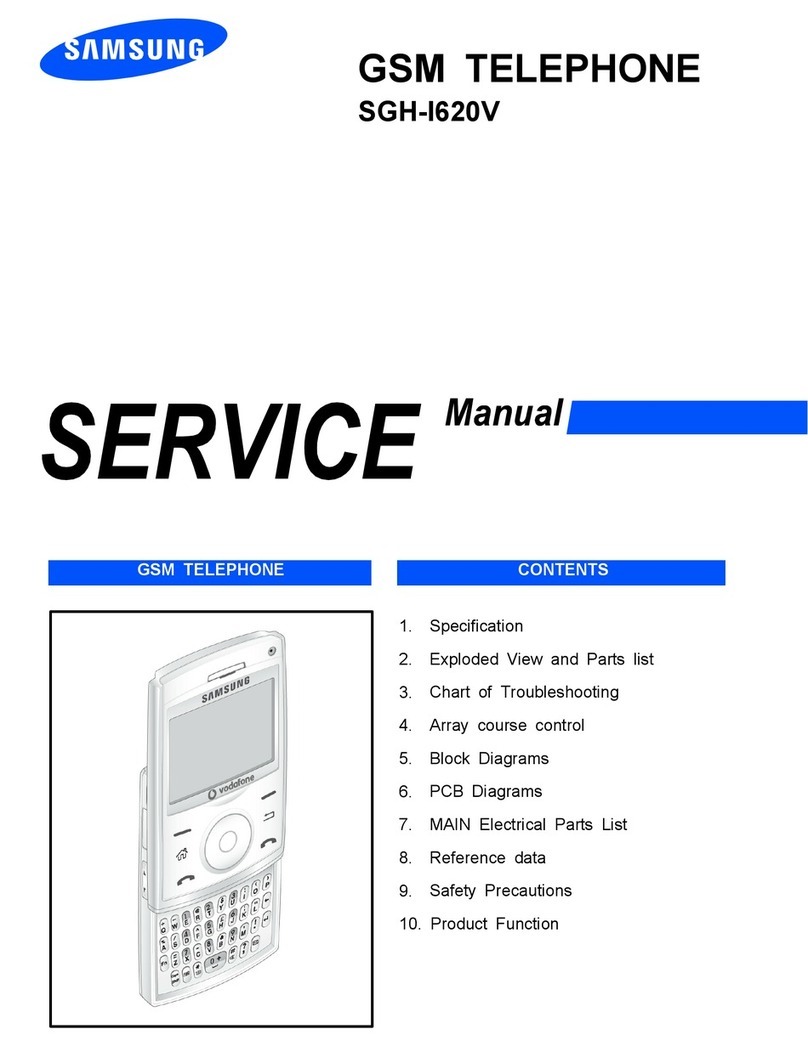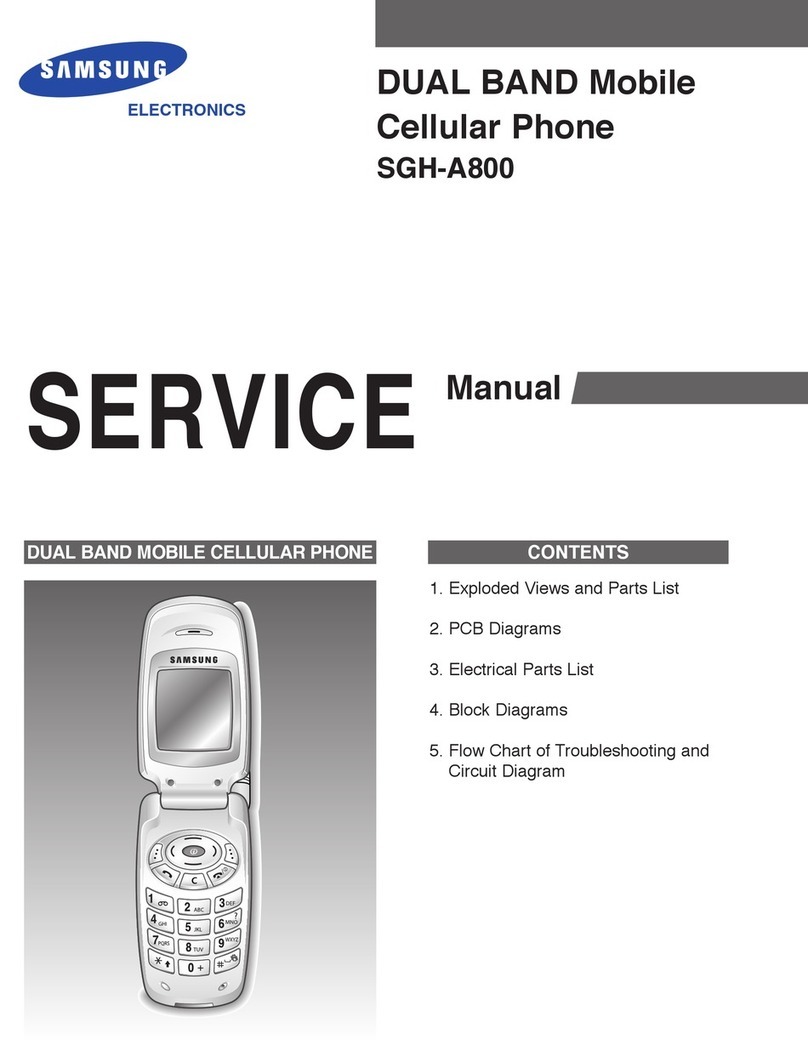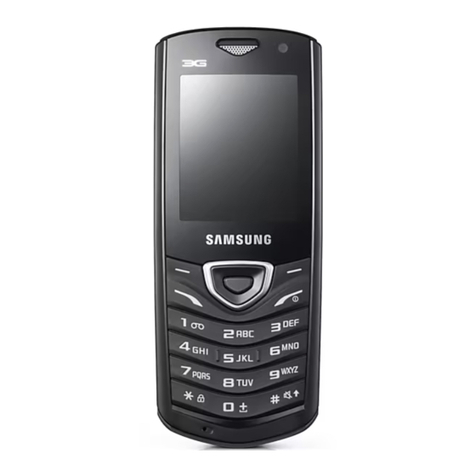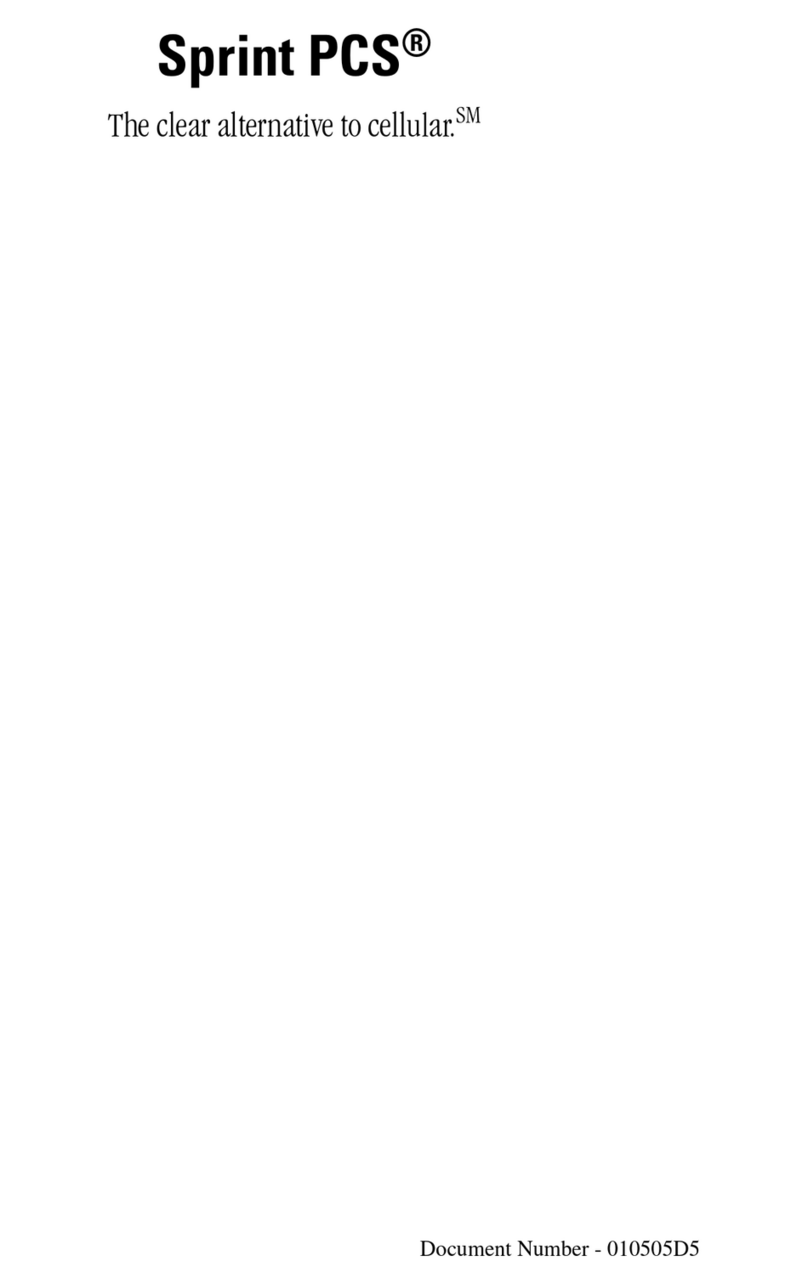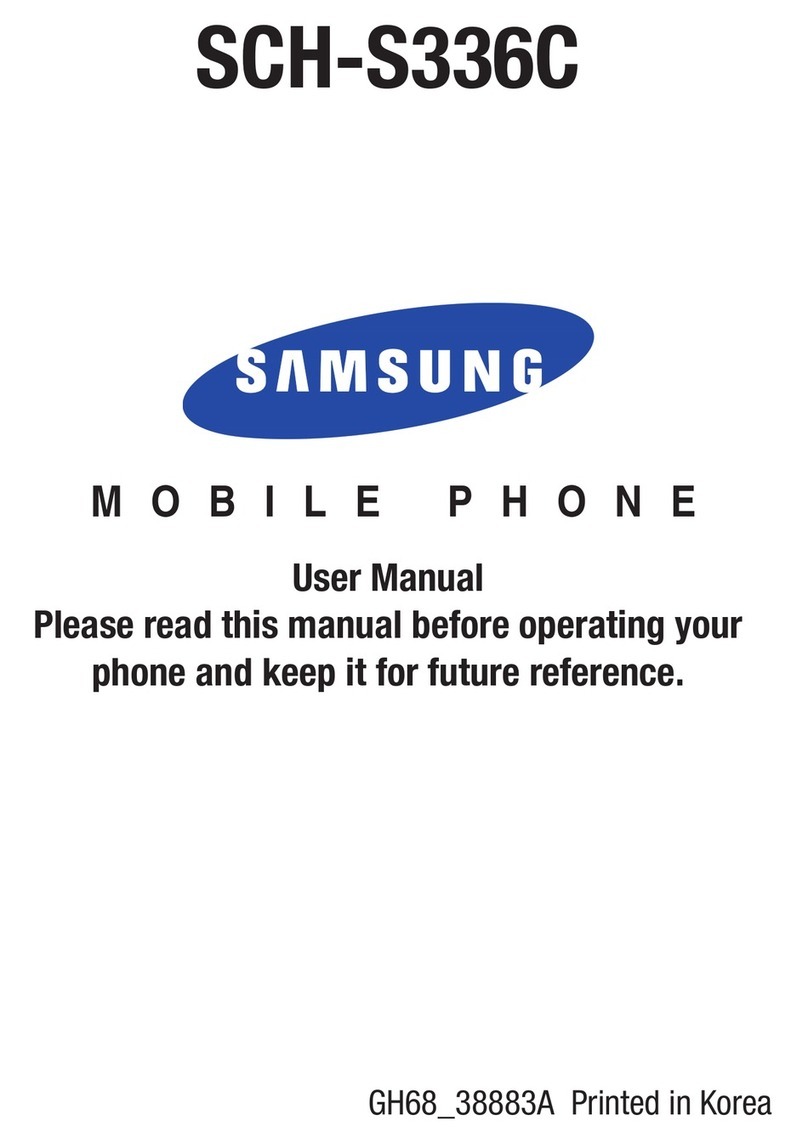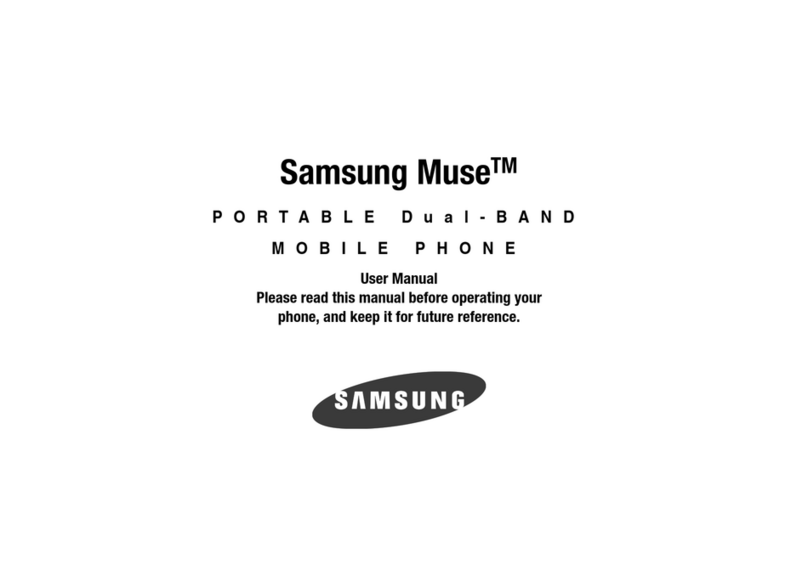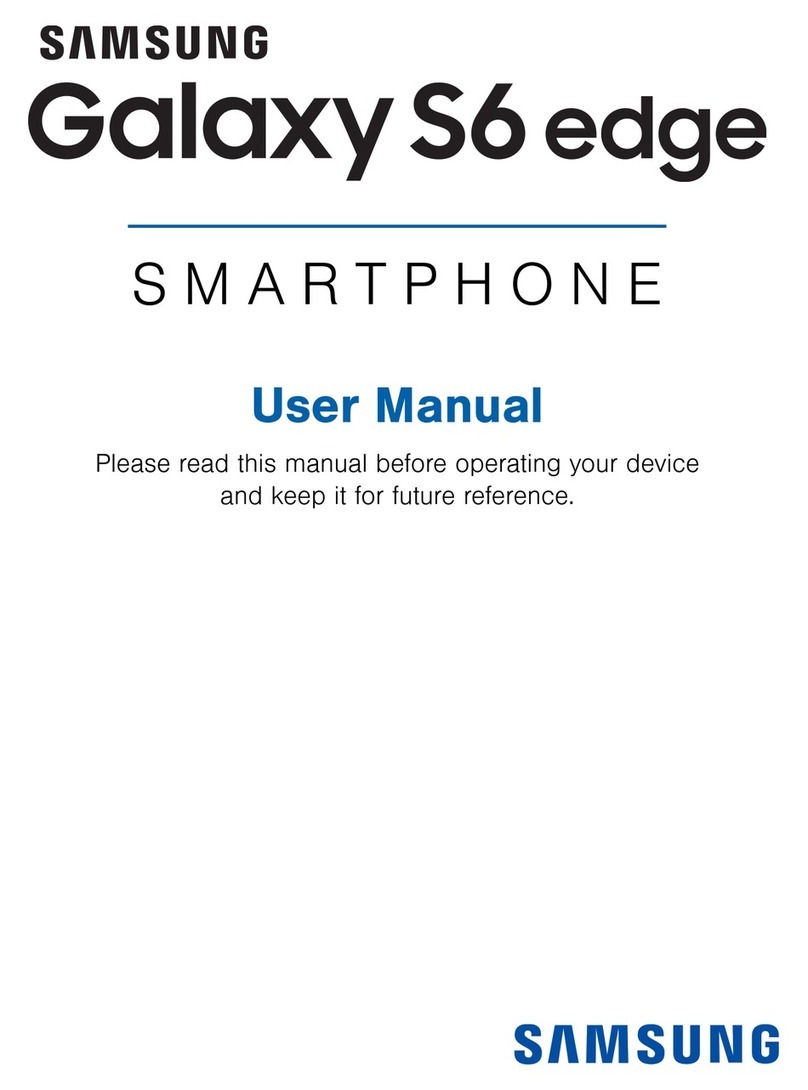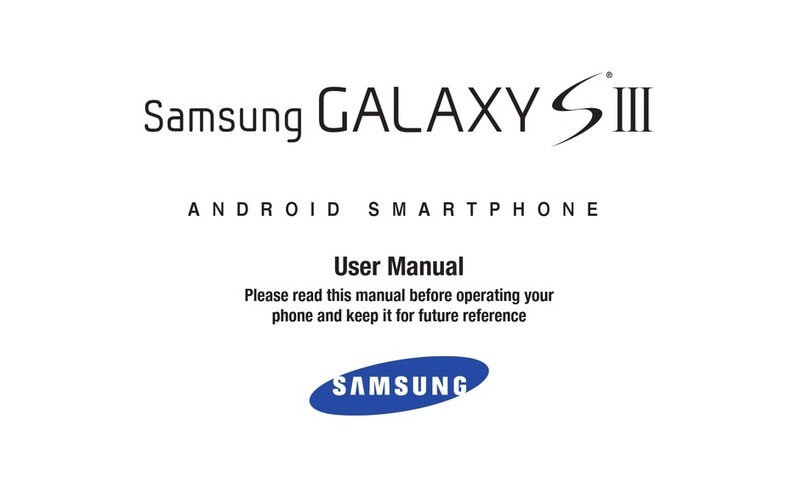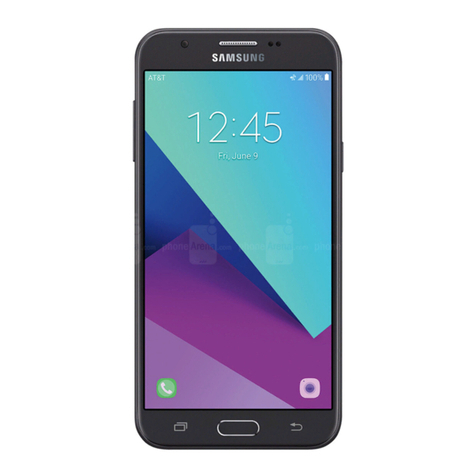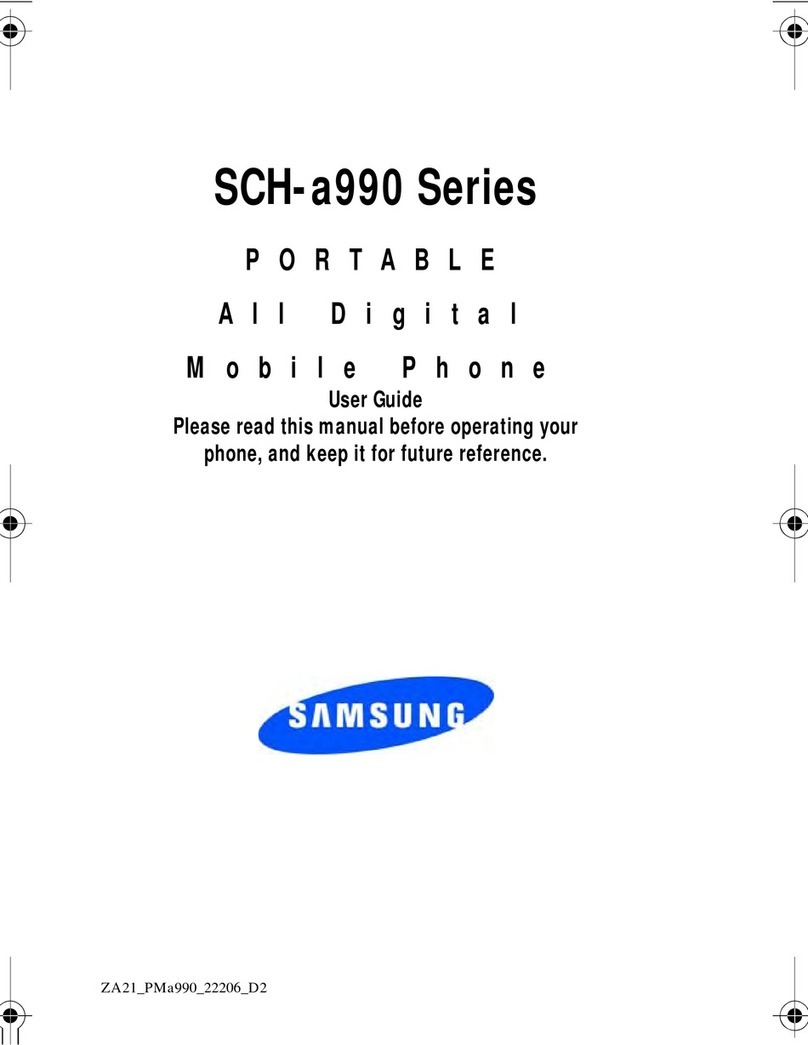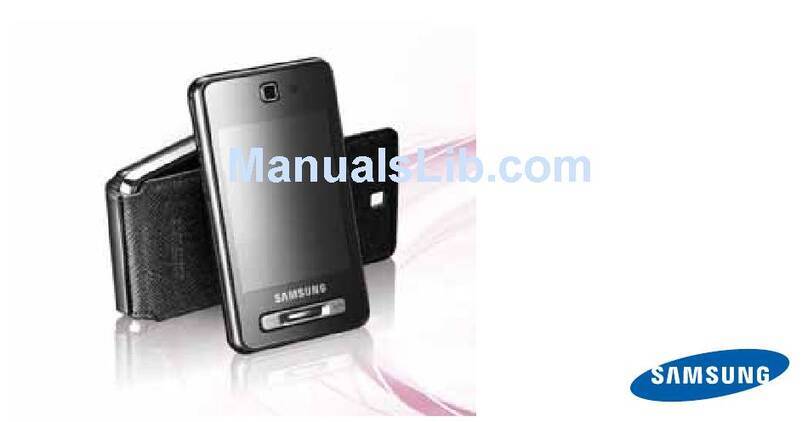
Con su m e r I nfor m at ion on W ir e le ss Ph on es
The U.S. Food and Drug Adm inist ration ( FDA) has published a series of
Quest ions and Answers for consum ers relat ing to radio frequency ( RF)
exposure from wireless phones. The FDA publicat ion includes t he
following inform at ion:
W hat k inds of phone s a r e t h e su bj e ct of t h is u pd at e?
The t erm wireless phone refers here to hand- held wireless phones wit h
built - in ant ennas, oft en called “ cell,” “m obile,” or “PCS” phones. These
types of wireless phones can expose t he user t o m easurable radio
frequency energy ( RF) because of the short distance bet ween t he phone
and t he user's head. These RF exposures are lim it ed by Federal
Com m unicat ions Com m ission safety guidelines t hat were developed wit h
the advice of FDA and ot her federal health and safety agencies. When the
phone is locat ed at great er distances from the user, the exposure t o RF is
drastically lower because a person's RF exposure decreases rapidly wit h
increasing dist ance from the source. The so- called “ cordless phones,”
which have a base unit connected t o t he t elephone wiring in a house,
typically operat e at far lower power levels, and t hus produce RF
exposures well wit hin the FCC's com pliance lim it s.
Do w ir e less phone s pose a healt h hazard?
The available scient ific evidence does not show that any healt h problem s
are associat ed wit h using wireless phones. There is no proof, however,
that wireless phones are absolut ely safe. Wireless phones em it low levels
of radio frequency energy (RF) in the m icrowave range while being used.
They also em it very low levels of RF w hen in t he st and- by m ode. Whereas
high levels of RF can produce healt h effect s ( by heat ing t issue) , exposur e
to low level RF that does not produce heating effect s causes no known
adverse healt h effect s. Many st udies of low level RF exposures have not
found any biological effects. Som e st udies have suggest ed that som e
biological effect s m ay occur, but such findings have not been confirm ed
by additional research. I n som e cases, other researchers have had
difficult y in reproducing t hose st udies, or in det er m ining t he r easons for
inconsist ent result s.
W hat is FDA's role conce r ning t he sa fet y of w ir e le ss p hone s?
Under t he law, FDA does not review t he safet y of radiat ion- em it t ing
consum er product s such as wireless phones before t hey can be sold, as it
does wit h new drugs or m edical devices. However, t he agency has
aut hority t o t ake act ion if wireless phones are shown to em it radio
frequency energy ( RF) at a level t hat is hazardous to t he user. I n such a
case, FDA could require the m anufacturers of wireless phones to not ify
users of t he healt h hazard and to repair, replace or recall the phones so
that t he hazard no longer exist s.
Although the exist ing scient ific dat a do not j ust ify FDA r egulat or y act ions,
FDA has urged t he wireless phone indust ry t o t ake a num ber of st eps,
including the following:
